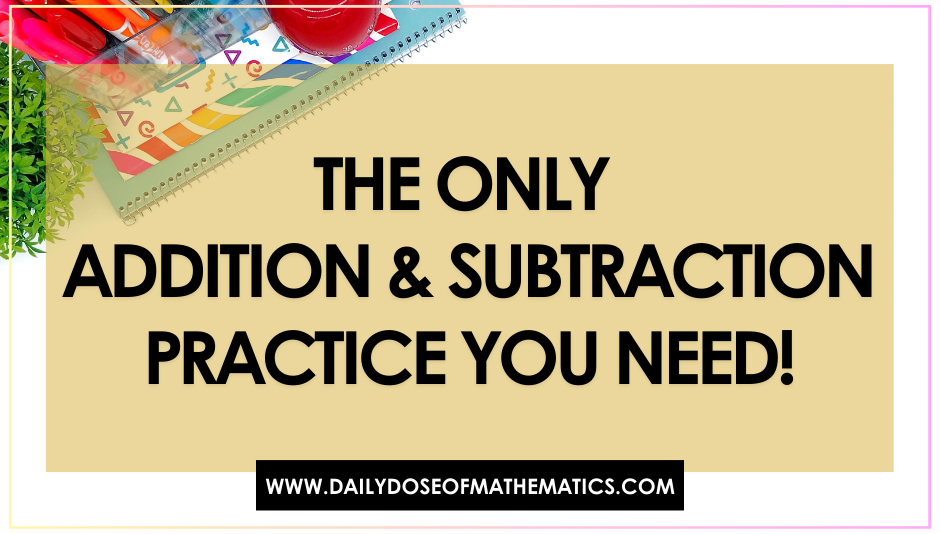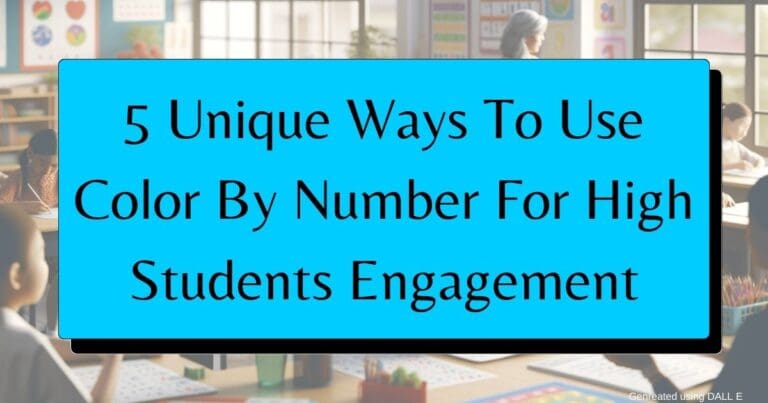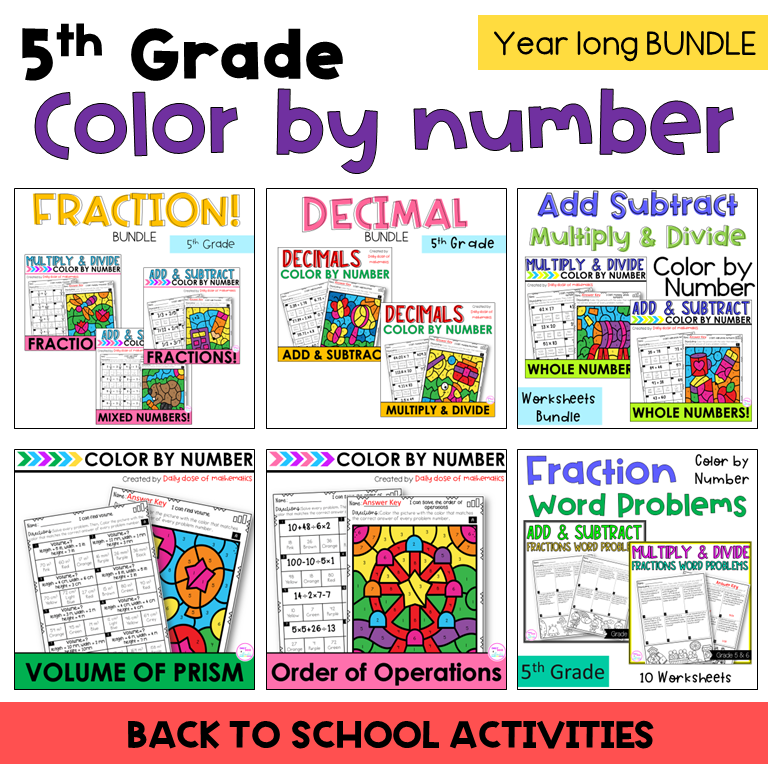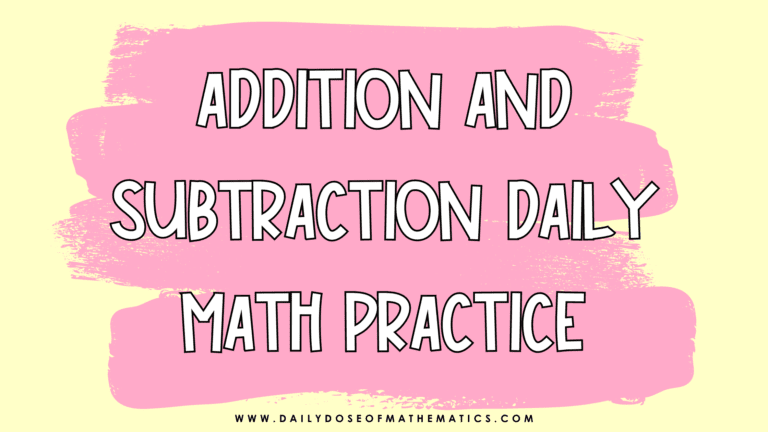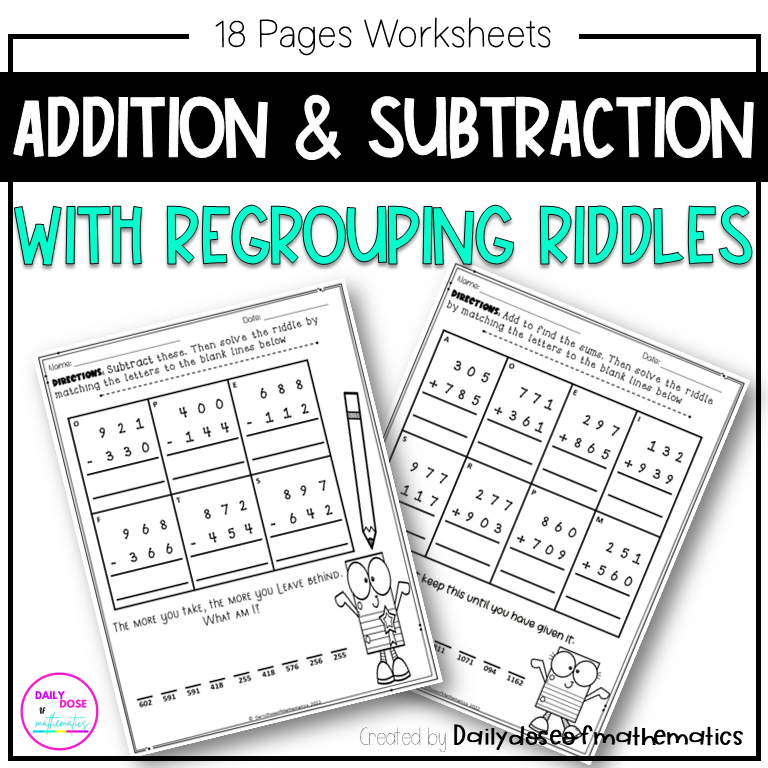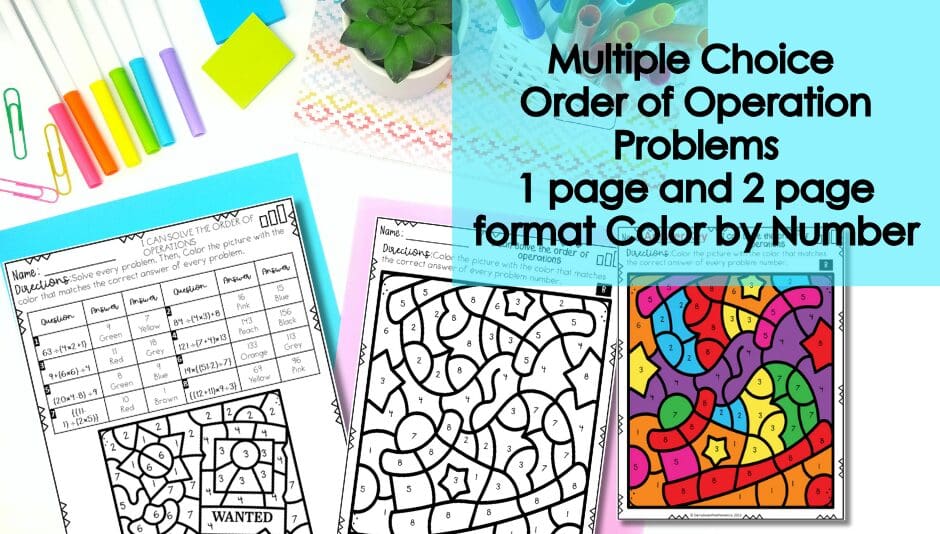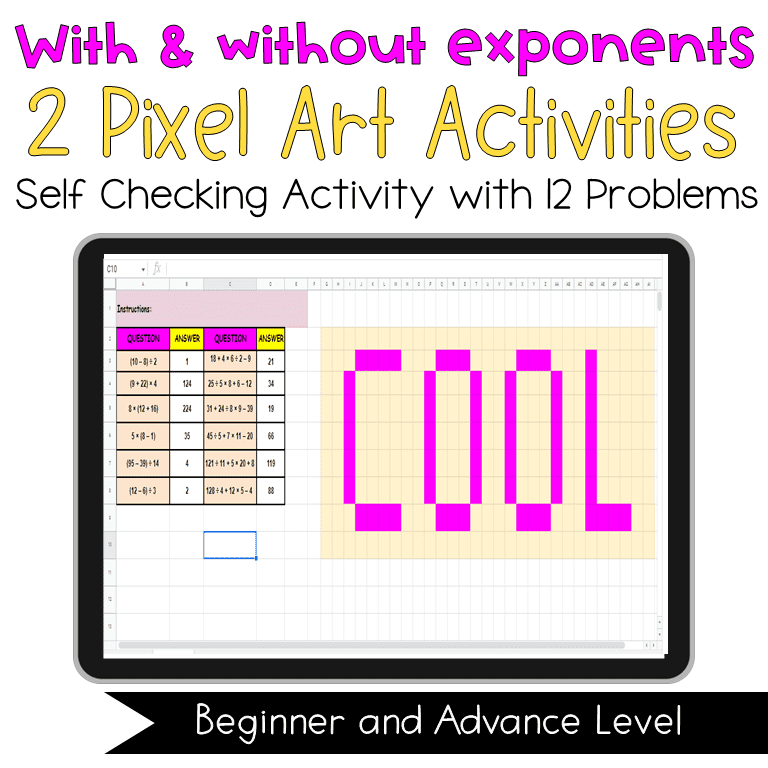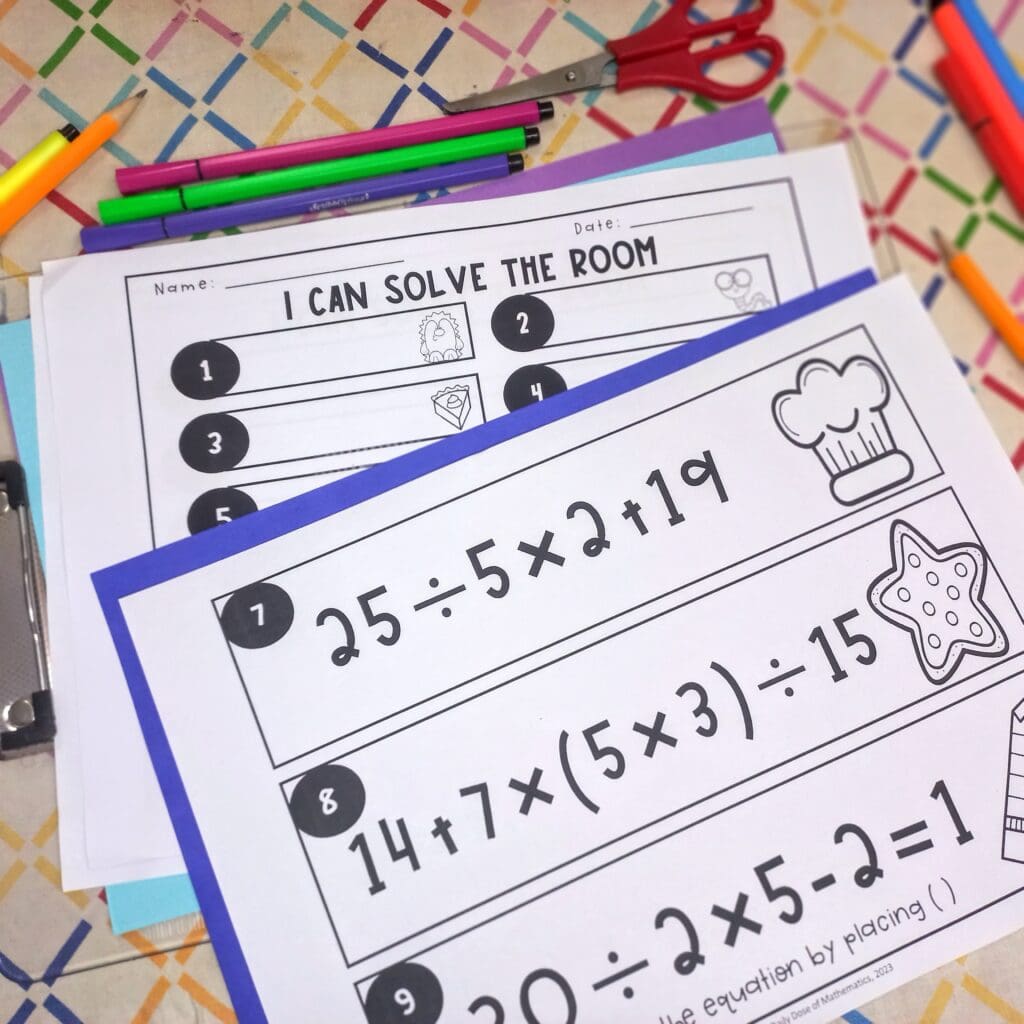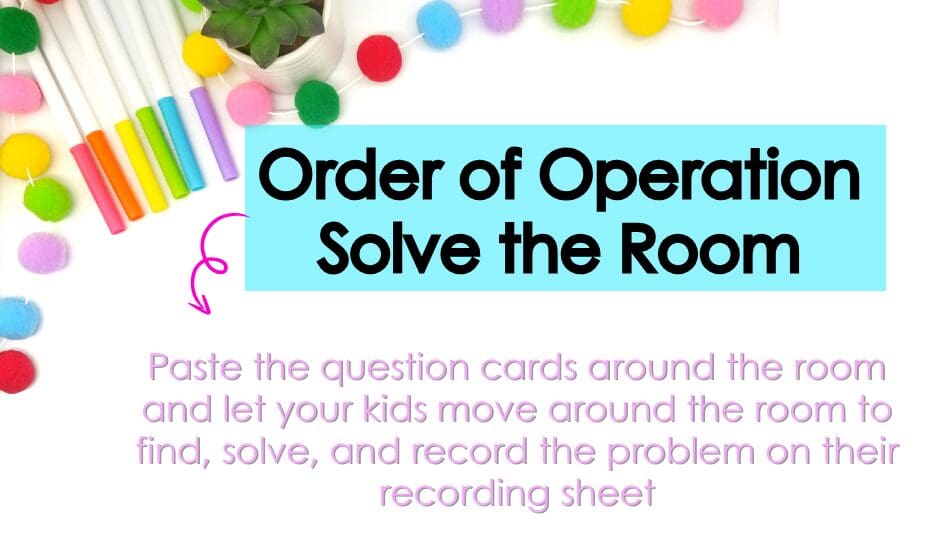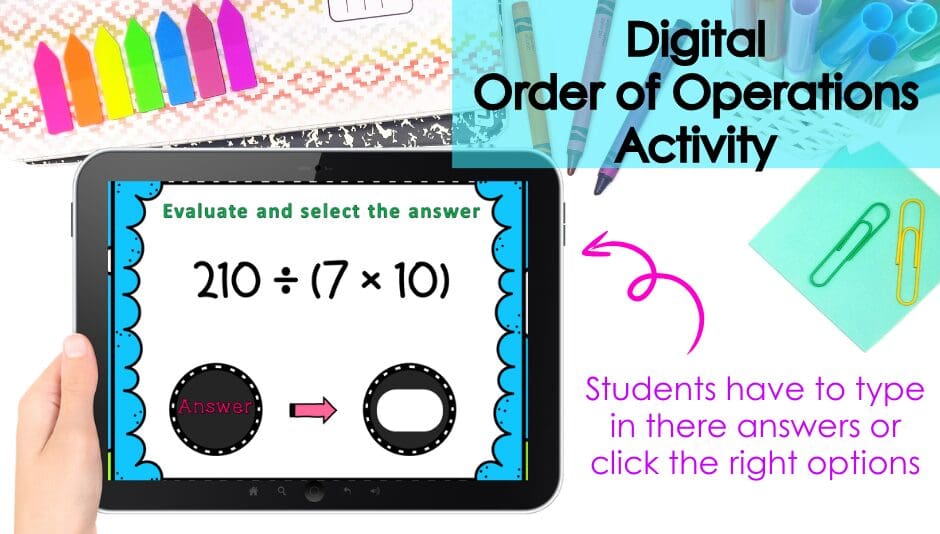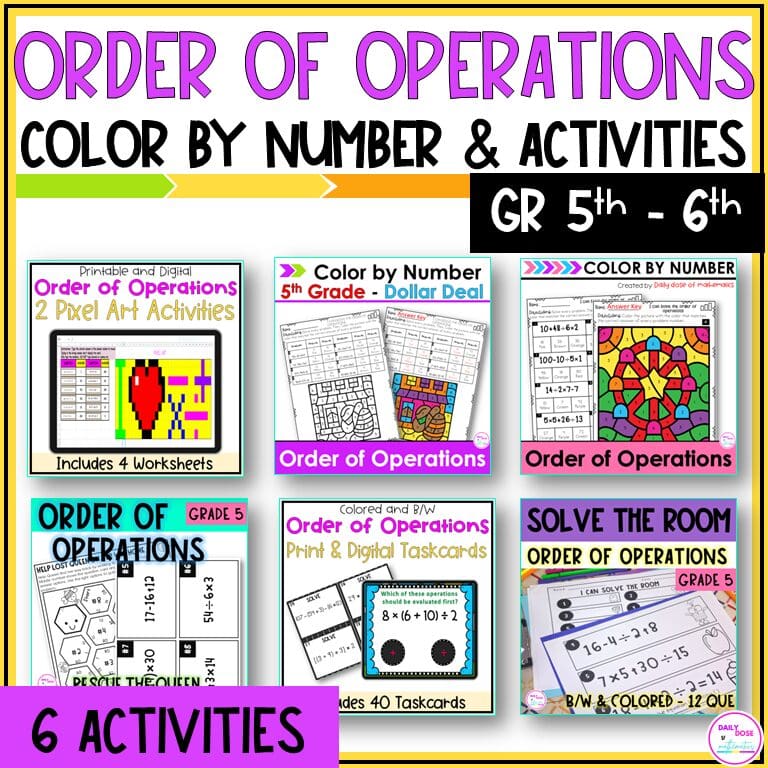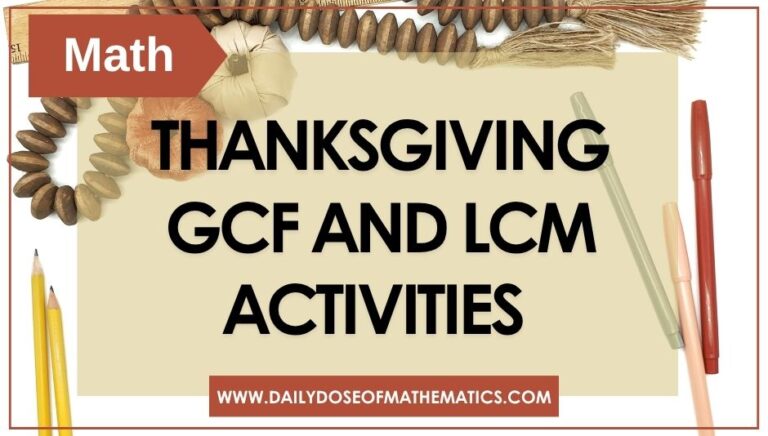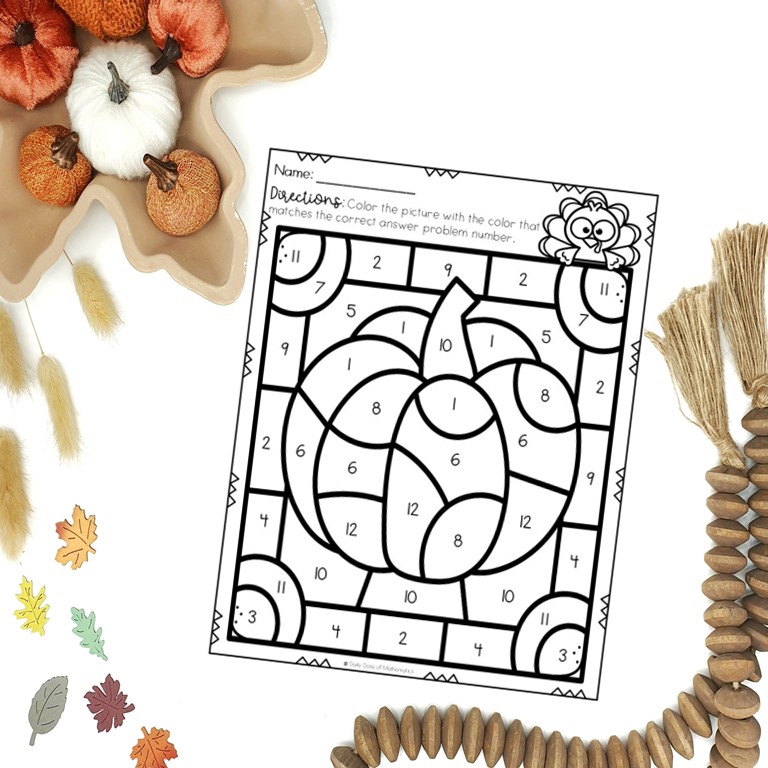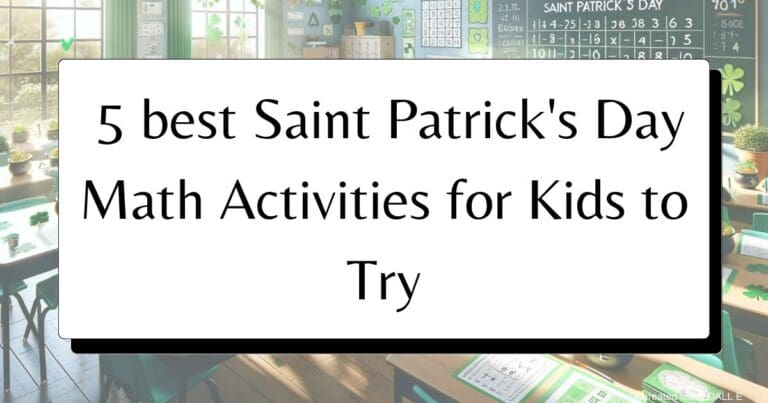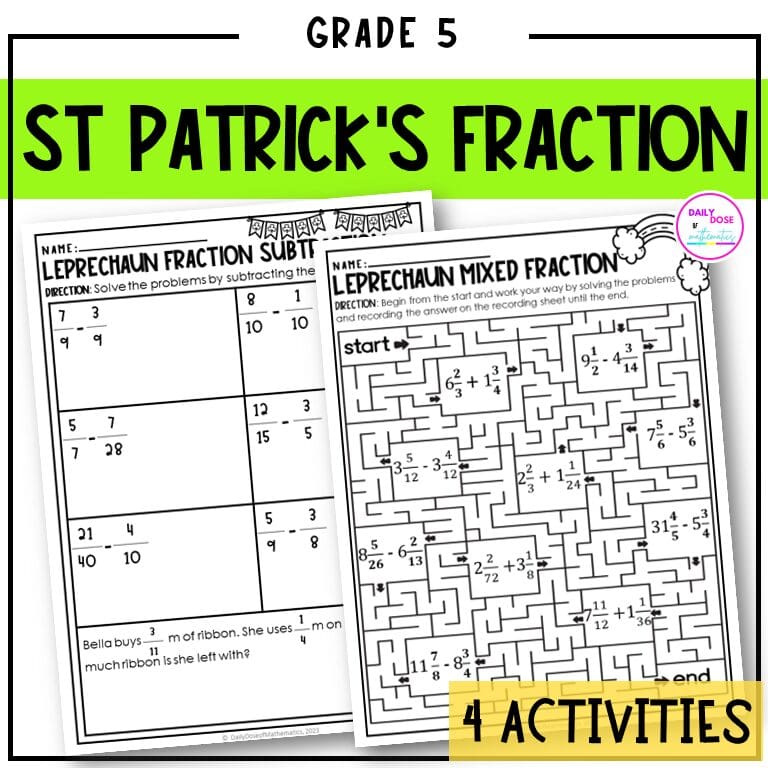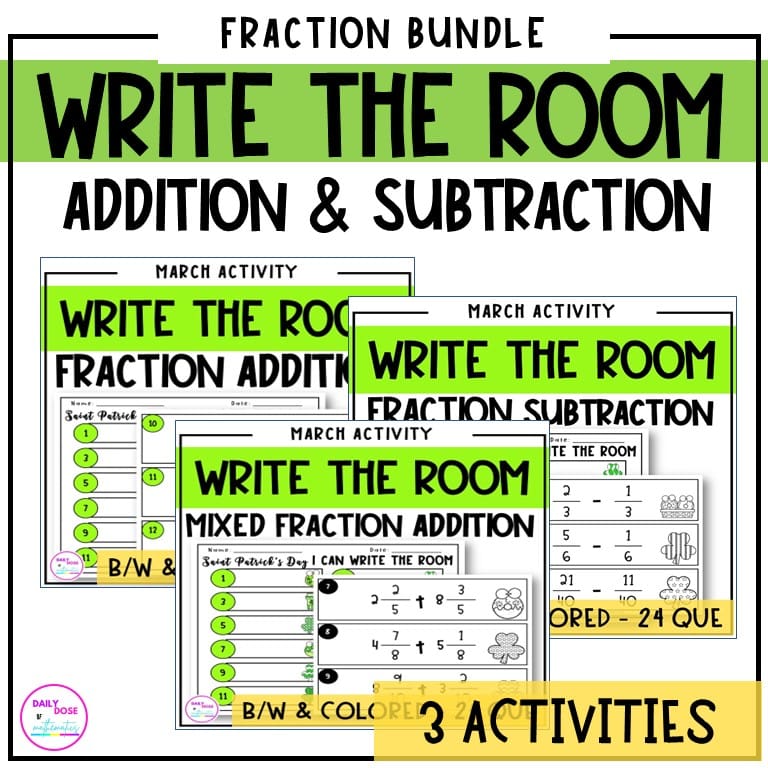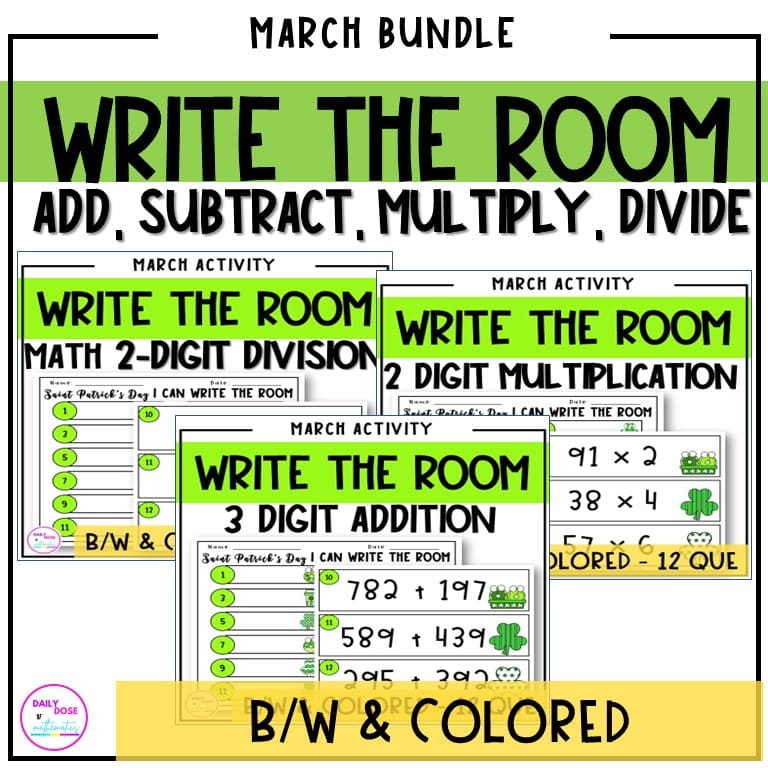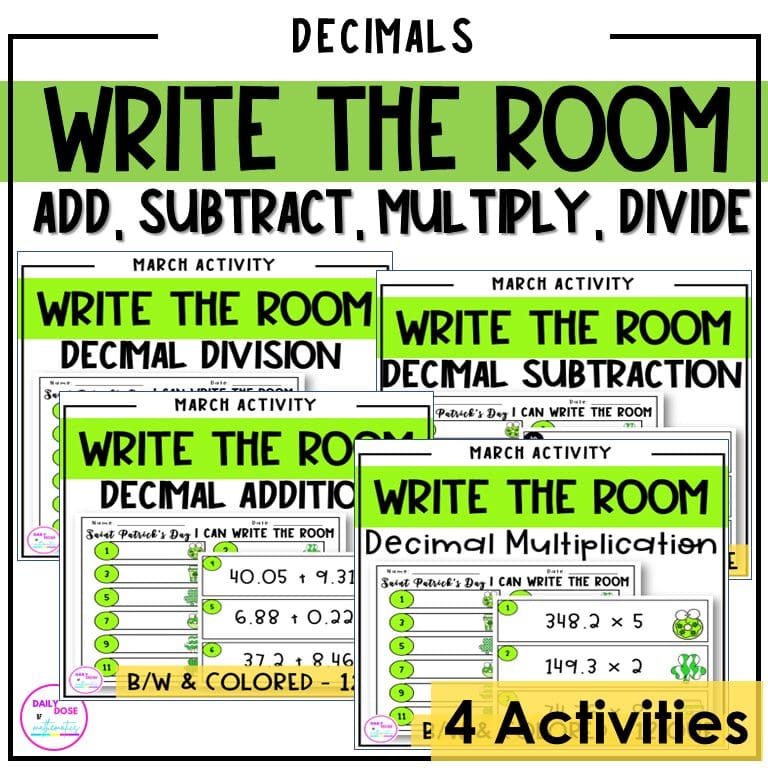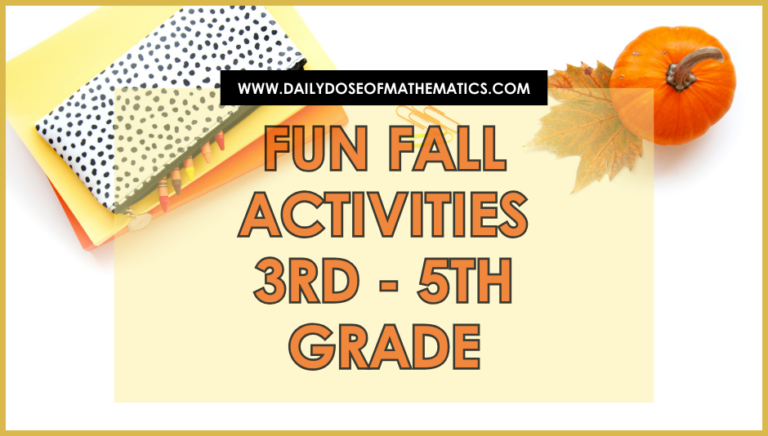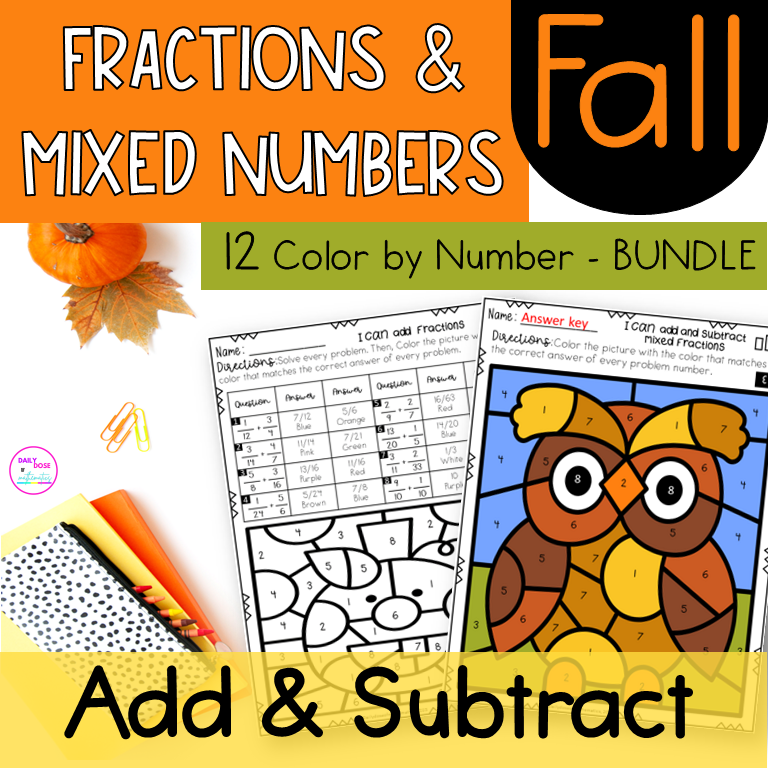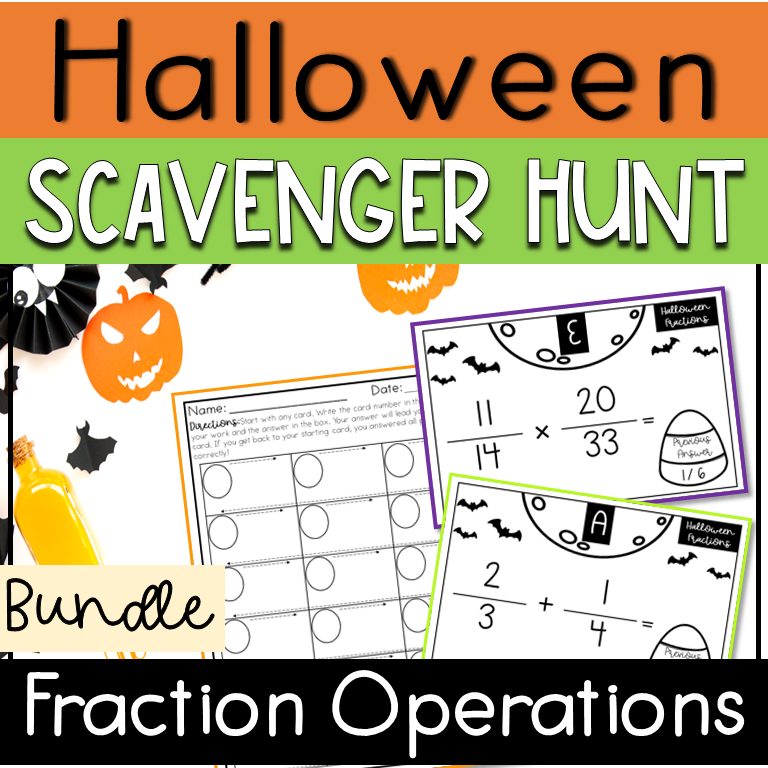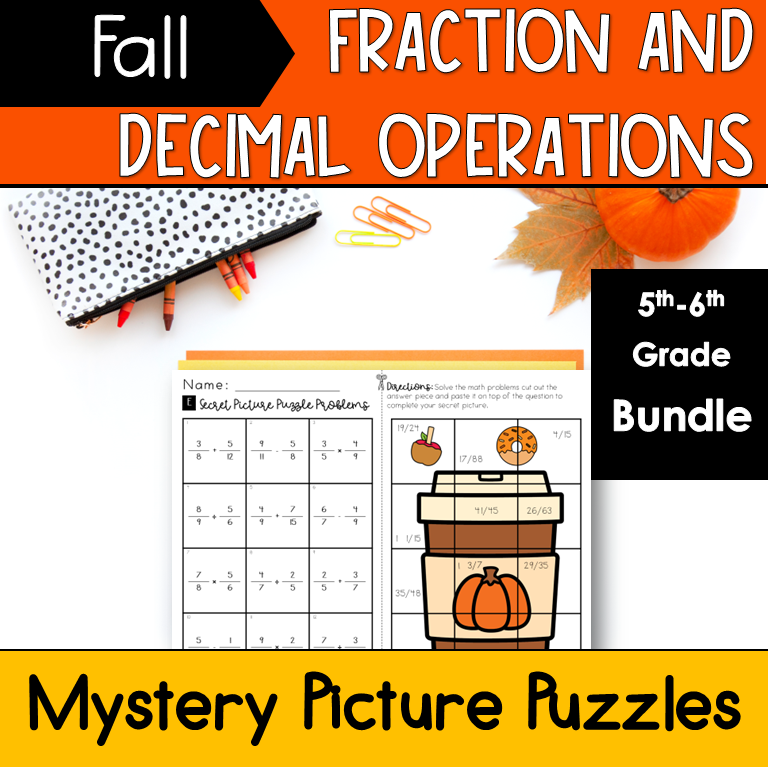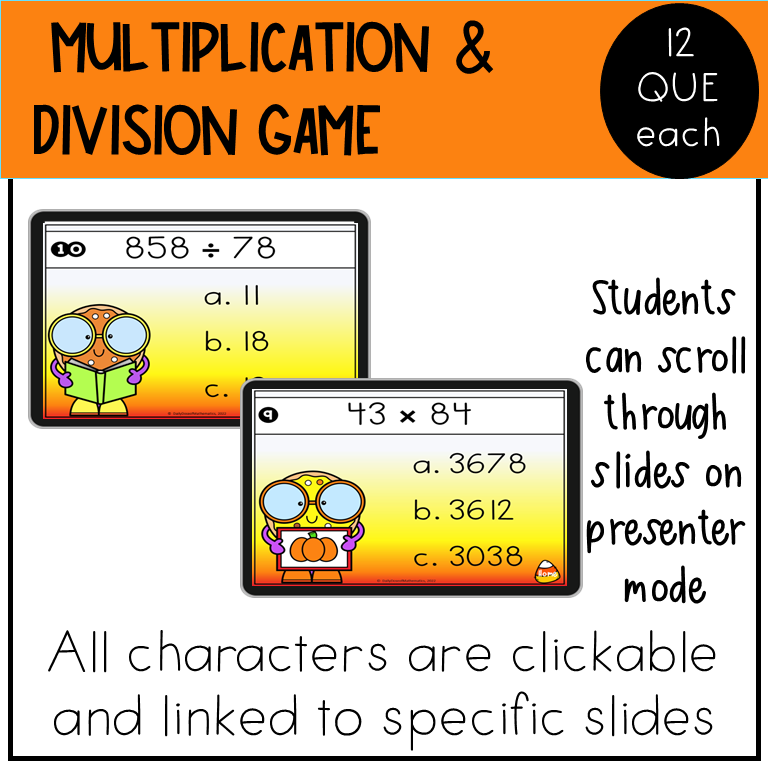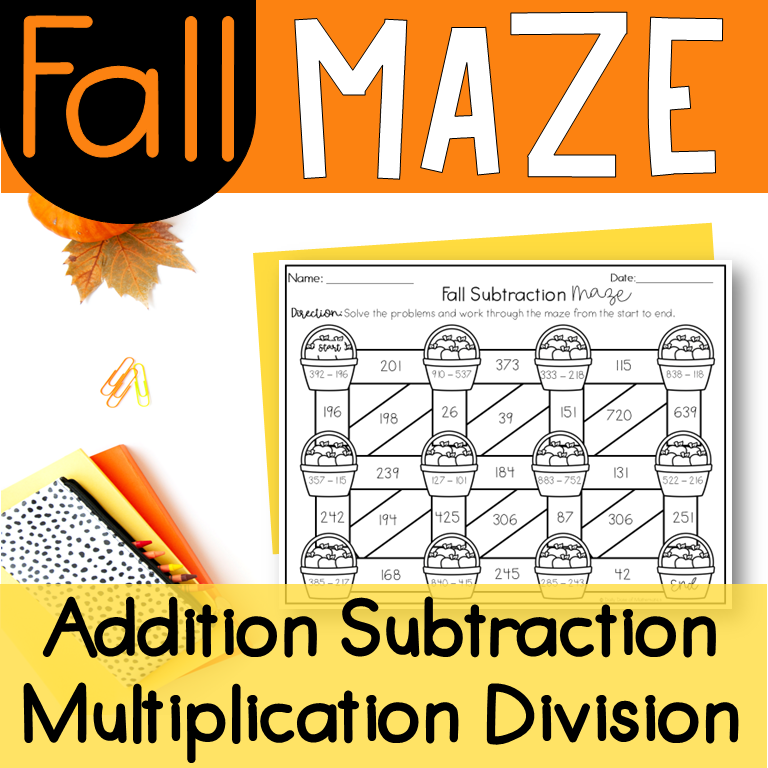The Only Multi-digit Addition and Subtraction Practice I’ll Use This Year
Raise your hand if you’ve ever printed a math worksheet, handed it out and watched your entire class immediately ZONE OUT.
Same. Dry, black and white worksheets suck the energy right out of math time for your students and for you.
They’re boring. They don’t work. And worst of all? They make these core basic operations reviews feel like a chore.
But here’s the thing, addition and subtraction practice doesn’t have to be dull.
When you mix in color by number printables or activities with riddles to review, your kids are engaged, your classroom is calm, and your math centers become something everyone actually looks forward to.
I’m breaking down the multi-digit addition and subtraction practice worksheets I’ll use this year, because they work and they save my sanity.
Strategy 1: Use Multi-digit Addition and Subtraction Escape Room to Make Practice Fun
What would life be like if you didn’t have to convince kids that the more they practice, the better it is for them?
What better way to practice than to disguise it as a riddle and increase their curiosity along with math skills? These are just a few of the reasons why math riddles are magic, I use during review time.
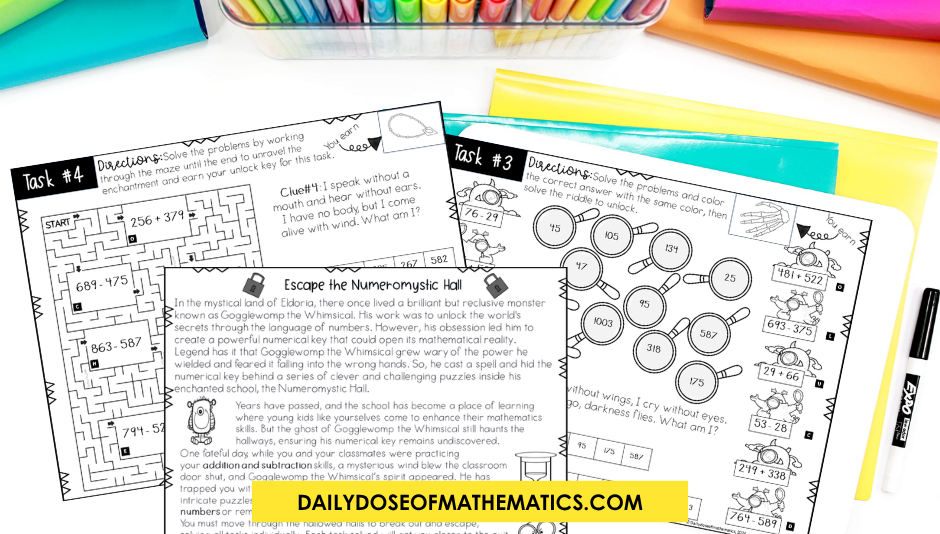
My students get self motivated to solve them, and that’s not just to get the math right but to solve the riddle. That little “aha” moment at the end makes the work feel like a game to them, not a worksheet.
The best part? Riddle worksheets are also self-checking. If the answer doesn’t make sense? It means it’s time to double-check their math without you having to hover or correct them. The reason why it’s a total win for me.
Escape Room-style riddles are also perfect for independent work, partner pairs, or small groups.
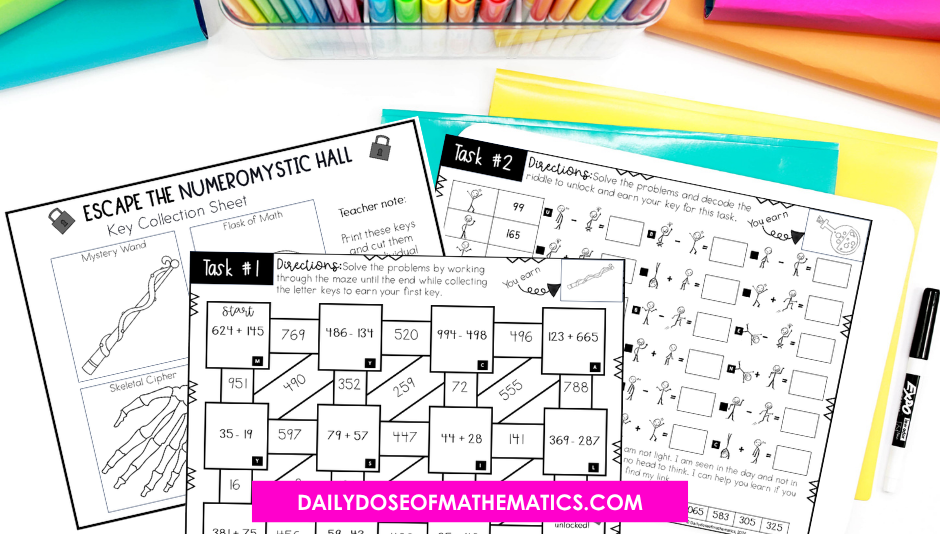
You’ll love the classroom management piece (hello, quiet engagement), and your students will love cracking the code.
Still not sure? Try what I use and see your kids filled with excitement: Multi-Digit Addition and Subtraction with Regrouping Escape Room.
Want to try a free activity? Grab my FREE addition and subtraction printable pack from my TPT store here. It’s ready to print and go.
Strategy 2: Color by Number for Fluency & Focus
You know those kids who can’t sit still for more than five minutes? Yeah, even they get into color by number math. The visuals pull them in, and the structure keeps them focused. It’s like sneaking in math fluency practice… with crayons.
To be honest color by number is a game-changer for independent work, early finishers, math centers, basically anytime you need your students to be engaged without needing your constant attention.

And unlike flashcards, these worksheets build fact fluency in a low-stress, low-prep way that students actually enjoy.
My go-to resources that I pull again and again are: Add/Subtract/Multiply/Divide Color by Number Worksheets
My students actually ask for these during math review. Yep. It’s that fun.
Strategy 3: Mix Seasonal + Skill-Based Review
Want to keep review fresh without re-inventing the wheel every week?
Seasonal printables are your best bet. You’re still hitting the same addition and subtraction skills, just dressed up for fall, Halloween, winter, or whatever season you’re in.
Students stay engaged because it feels new even though the practice is familiar. Teachers win because it’s low-prep and high-impact.
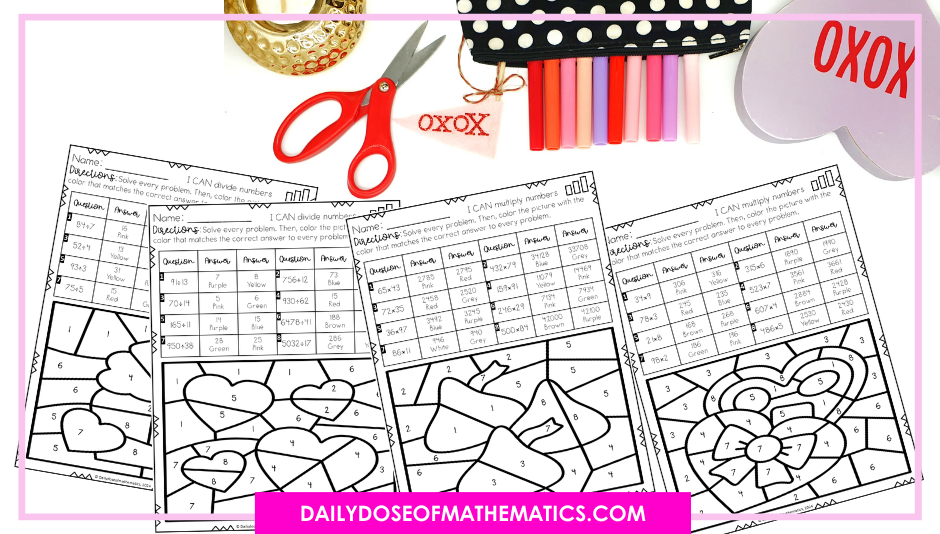
It’s perfect for early finishers, homework, and sub plans basically anytime you need a minute to breathe.
Teachers like you find these a fun addition to their toolkit: any seasonal or holiday themed addition and subtraction practice.
What would life be like if you didn’t have to reinvent the wheels?
If you want your students engaged, confident, and actually enjoying math this year, start with tools that make them smile and think. Riddles, color by number, seasonal printables, they’re more than just fun. They’re effective.
You don’t need to reinvent math review. You just need the right tools in your teacher box.
Still want to learn more?
Check out this back to school math activities that set the tone for your whole year.

